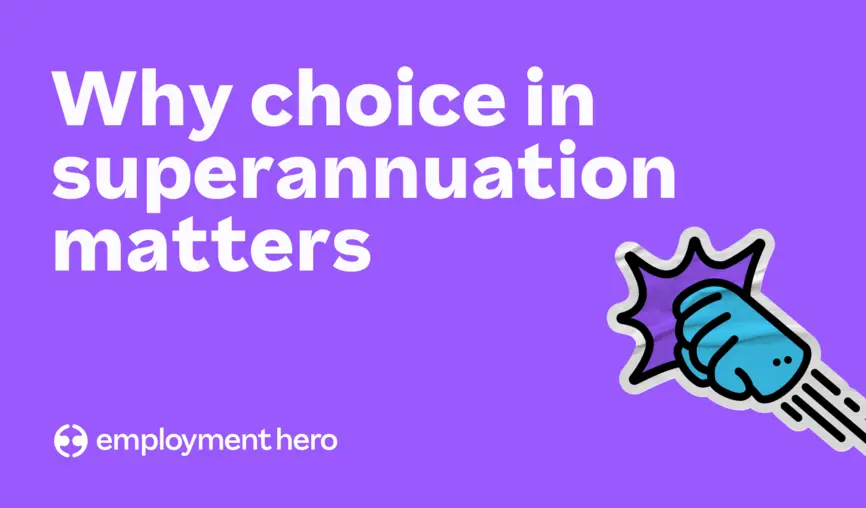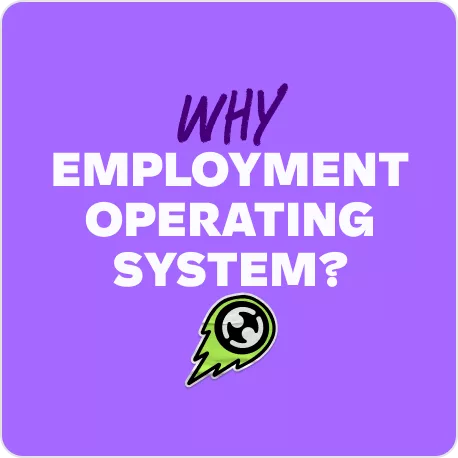The history of the cover letter

Contents
In the job hunt, the cover letter often feels like a necessary evil. They’re long, they need to be unique, and they take ages to write.
So why are they necessary, where did this tradition originate, and is it still relevant today? Let’s take a closer look at the history of the cover letter, its evolution, and its (uncertain) future.
The history of the cover letter: Leonardo Da Vinci’s greatest legacy?
The concept of the cover letter dates back to the Renaissance, with none other than Leonardo Da Vinci, who is credited with writing the first known resume. In a letter to the Duke of Milan, Da Vinci listed his skills and qualifications, essentially creating a precursor to the modern cover letter. In his letter, Da Vinci detailed his engineering and artistic capabilities, offering solutions for military and civil engineering problems. Even hundreds of years ago, jobseekers still needed a way to effectively communicate their skills and value to potential employers.While he’s more famous for masterpieces like the Mona Lisa and The Last Supper, Da Vinci’s contribution to job applications is perhaps one of his most enduring legacies.
Cover letters gain popularity
The cover letter as we know it became commonly used in the 20th century. In the 1930s, banks would attach cover letters to dense investor reports to provide context and clarity. By the 1950s, cover letter requirements started appearing in job advertisements, cementing their role in introducing the applicant to potential employers.The 1990s saw the cover letter reach celebrity status. With the job market becoming increasingly competitive, candidates were encouraged to write personalised cover letters to stand out from the crowd. Books and workshops on crafting the perfect cover letter became popular, as job seekers strived to make the best impression.This era also saw the introduction of the Applicant Tracking System (ATS), which initially emphasised the importance of including keywords in resumes and cover letters. The ATS revolutionised the hiring process, allowing employers to filter through large volumes of applications quickly. However, this also meant that candidates needed to be more strategic in their writing to get their applications accepted by these automated systems.
The digital transformation
As technology advanced, so did the tools available to job seekers. The 21st century has seen the rise of artificial intelligence (AI) in recruiting, including the use of AI to draft cover letters. These tools can generate personalised cover letters by analysing job descriptions and matching them with a candidate’s qualifications, all while including keywords that appeal to ATS software.According to a 2020 report, candidates who submit a tailored cover letter along with their resume are 53% more likely to secure an interview than those who do not. This shows just how important a well-crafted cover letter is, even in the digital age.
💡Tip💡 You can craft cover letters in just seconds using SmartMatch’s AI-powered candidate tools. Just create a candidate profile, then add in a few keywords to automatically generate unique, engaging cover letters for every job application.
The future of cover letters
Looking forward, the role of cover letters in the job application process is up for debate. As AI becomes more sophisticated, some experts predict that cover letters may become obsolete within the next decade. A 2021 survey found that 67% of recruiters believe cover letters will become less important over time, as they increasingly rely on other methods to assess candidates, such as video interviews and social media profiles. Some candidates are opting for video cover letters to stand out in a crowded market. Instead of a long essay, jobseekers have been filming short videos to introduce themselves and explain why they’re interested in the role. Whatever format they take, cover letters remain a crucial tool for job seekers. They offer a unique opportunity to express individuality, demonstrate knowledge of the company, and articulate why you’re the ideal candidate for the job. In a competitive job market, a compelling cover letter can be the difference between landing an interview and being overlooked.
Should I still be writing a cover letter?
The cover letter has evolved from a simple letter of introduction to a fundamental element of job applications. While its future may be uncertain, understanding its history and adapting to current trends can help you land your next job faster and easier. As we straddle the line between tradition and innovation, the best advice for job seekers is to work smarter, not harder. Utilise AI tools to streamline the writing process, explore new mediums like video, and above all ensure you still communicate your unique qualifications and enthusiasm for the role. After all, even in the digital world, a personal touch can go a long way.
Related Resources
-
 Read more: NSW Government introduces Portable Long Service Scheme for the Community Services Industry
Read more: NSW Government introduces Portable Long Service Scheme for the Community Services IndustryNSW Government introduces Portable Long Service Scheme for the Community Services Industry
The NSW Government has introduced portable long service leave for the community services industry. Learn what it is and what…
-
 Read more: Payday Super changes: What we’re fighting to fix and why it matters to you
Read more: Payday Super changes: What we’re fighting to fix and why it matters to youPayday Super changes: What we’re fighting to fix and why it matters to you
Big changes are coming to how superannuation is paid in Australia. Here’s what we’re asking Treasury to seriously consider updating…
-
 Read more: Why choice in superannuation matters
Read more: Why choice in superannuation mattersWhy choice in superannuation matters
What could be coming when Payday Super hits and what Employment Hero is doing about it.










